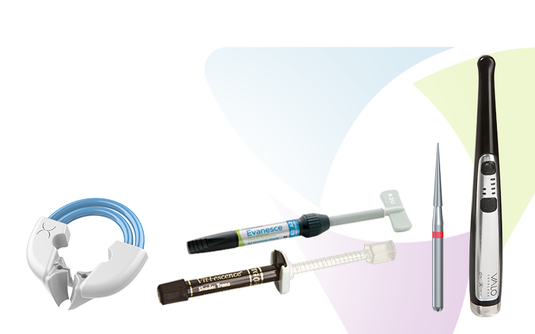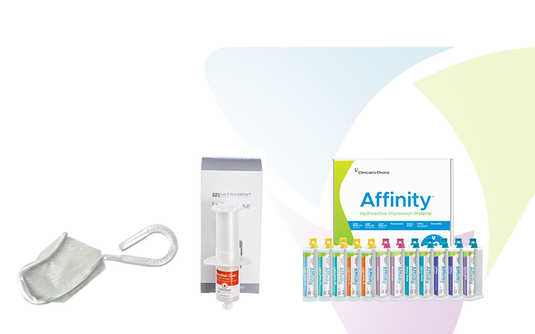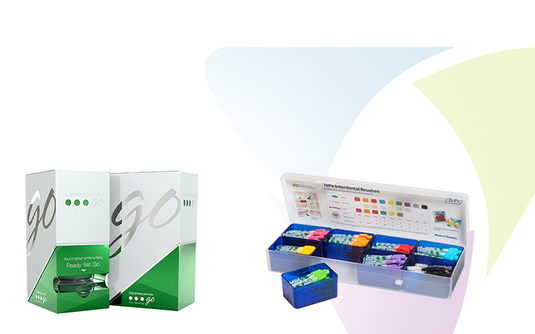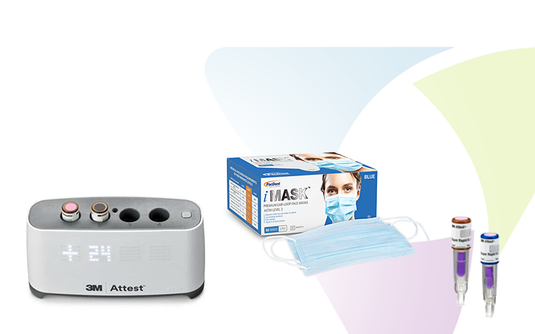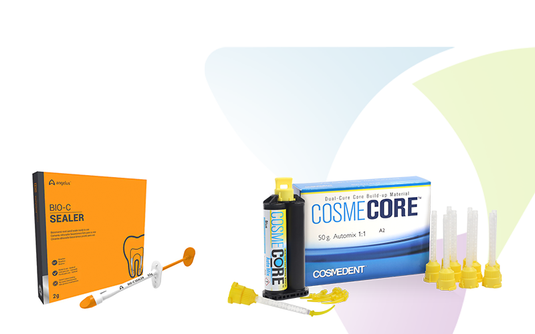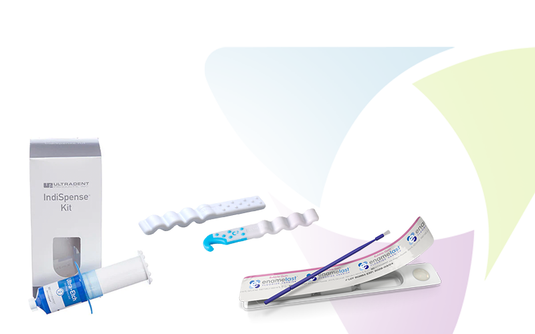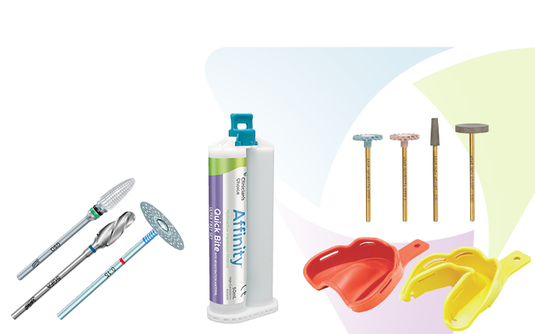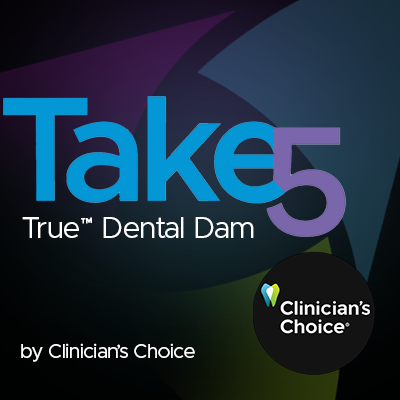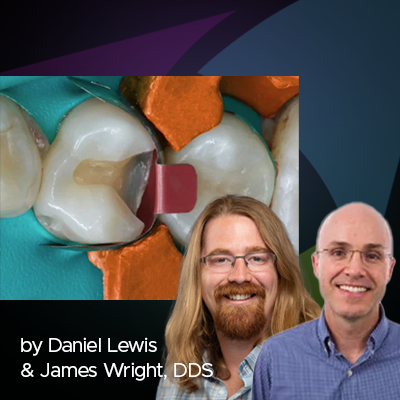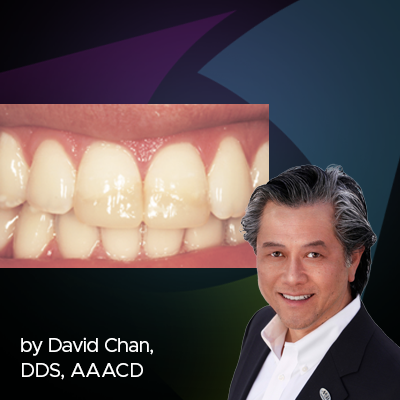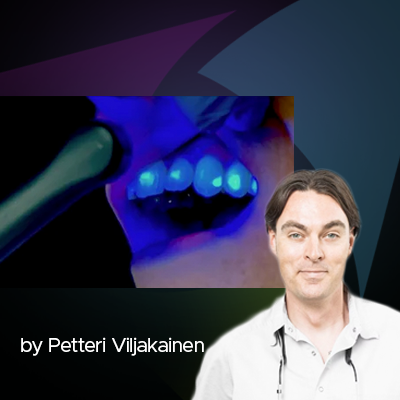
Minimally Invasive, Maximum Performance: A Common Sense Approach to Veneer Repair
Conservative yet complete caries removal should be the goal of every operative procedure. Over the years, there have been several different developments in the area of decay removal, from different caries detection dyes, fluorescence, and different styles of burs. When used properly, all of these assists the doctor in removing carious dentin while leaving behind healthy dentin.
The ability to reduce speed and “feel” the decay can easily be accomplished with electric handpieces. Electric handpieces have some major advantages over traditional air-driven hand pieces, namely consistent torque, no bur chattering and the ability to alter speeds especially when warranted for decay removal. Traditional air-driven slow speed handpieces can operate up to 40,000 RPMs but can’t be dialed down for decay removal. Using electric handpieces we can dial down the speed to around 20,000 RPMs allowing for better tactile sensation when removing decay.
Round carbide burs in a slow speed handpiece have been the standard for years as the ideal tool for decay removal. While carbide round burs work well, they have limitations in they get dull quickly and corrode slowly in the sterilization process. Komet has developed a line of ceramic round burs that solved all the limitations of carbide burs while giving the doctor an enhanced experience when removing decay. The ceramic burs are ultra-sharp, allowing for accurate decay removal at lower speeds. The burs also stay ultra-sharp after many uses and University-based studies found that the Komet CeraBur® stays sharper three times as long as traditional carbides. The CeraBur comes in 3 sizes 4, 6, and 8 and one shape - a round bur! The three sizes allow the practitioner to use the CeraBur in smaller cavities as well as larger cavities.
Excavating decay around a porcelain veneer can be tricky and vibrations and skipping of the bur could cause damage to the porcelain. Using the technique described in the clinical case, conservative management of the problem was achieved quickly and safely without any noticeable damage to the existing restoration. The final restoration blends with the porcelain leaving an almost unnoticeable filling at the margin of the veneer.
Clinical Case
How to effectively remove carious dentin at the margin of an old veneer using CeraBur®:
- Patient presented with a defective margin and slight caries on the buccal of an old veneer on tooth number 8 (Fig #1).
- The patient refused anesthesia and we proceeded to use a #4 CeraBur at 10,000 RPMs around the margin to remove the decay (Fig #2).
- Total Etch technique for 15 seconds using Ultra-Etch™ Etchant (Ultradent™) (Fig #3).
- After the application of MPa Max Maximum Performance Adhesive (Clinician’s Choice®), it was dried and cured. Evanesce composite shade B-1 (Clinician’s Choice®) was then applied and contoured with the Esthetic Contouring Instrument (Clinician’s Choice®) (Fig #4).
- After a 30 second cure with the VALO curing light (Ultradent™), the restoration was polished (Fig #5).
- Final restoration with composite blended into the porcelain veneer (Fig #6).
About the Author

Ron Kaminer, DDS
Dr. Ron Kaminer is a 1990 graduate of the State of New York (SUNY) Buffalo School of Dental Medicine. He has always been passionate about technology and was one of the first 100 dentists in the USA to include a hard tissue dental laser into his practice. Over the years Dr. Kaminer has taught dental lasers, technology and minimally invasive dentistry to thousands of dentists worldwide. He sits on the Board of Catalpult Education, is a frequent contributor to Mentor magazine, sits of the editorial board of Dental Product Shopper and acts as a clinical consultant to numerous dental manufacturers. While doing all of the above, Dr. Kaminer practices full time in both his offices in Hewlett and Oceanside, NY focusing on minimally invasive and digital dentistry. He is a Fellow of The Academy of General Dentistry, member of The American Dental Association, and member of the Academy of Laser Dentistry.
Discover More
This article was originally published in the Clinical Life™ magazine: Fall 2020 edition
Clinical Life™ magazine is a premier periodical publication by Clinical Research Dental Supplies & Services Inc. Discover compelling clinical cases from Canadian and US dental professionals, cutting-edge techniques, product insights, and continuing education events.

